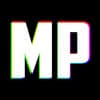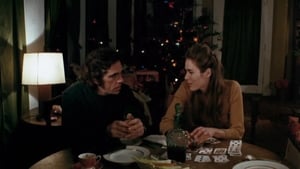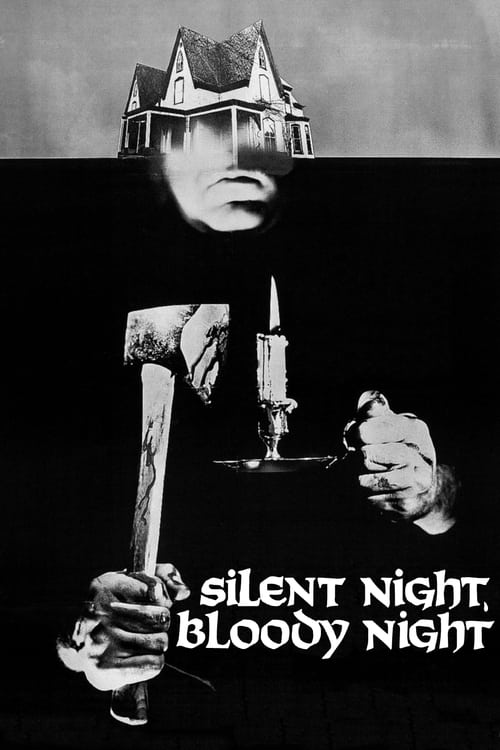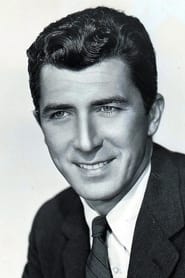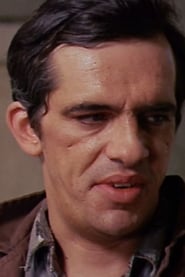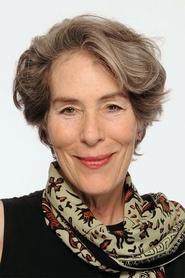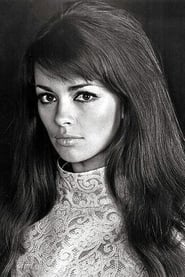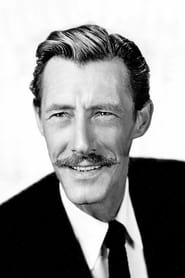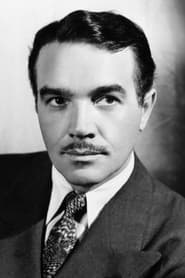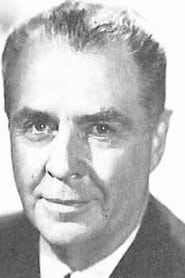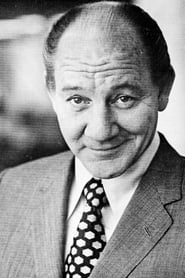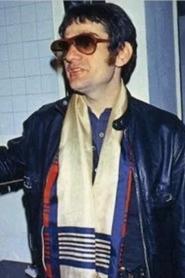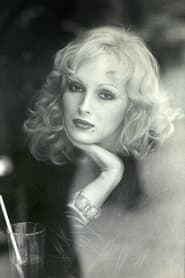Cast
View AllPatrick O'Neal
as John Carter
James Patterson
as Jeffrey Butler
Mary Woronov
as Diane Adams
Astrid Heeren
as Ingrid
John Carradine
as Charlie Towman
Walter Abel
as Mayor Adams
Fran Stevens
as Tess Howard
Walter Klavun
as Sheriff Bill Mason
Philip Bruns
as Wilfred Butler (1929)
Staats Cotsworth
as Wilfred Butler (voice)
Ondine
as Chief Inmate
Tally Brown
as Inmate
Lewis Love
as Inmate
Candy Darling
as Guest
Harvey Cohen
as Inmate
Crew
Director
- Theodore Gershuny
Producer
- Jeffrey Konvitz
- Ami Artzi
Reviews
Wuchak
_**Moody horror that influenced many films to come**_
A mysterious man from California (James Patterson) inherits a manor in a Northeast town at Christmastime, but someone has escaped the local asylum and key citizens feel increasingly threatened, especially after some creepy phone calls. Patrick O'Neal, Astrid Heeren, John Carradine and Walter Abel are on hand.
"Silent Night, Bloody Night" was made in December-March, 1970-71, on a modest budget ($295,000), but not released until 1972. This is an atmospheric horror flick that originated tropes that became staples of the oncoming slasher craze, such as the (possible) killer escaping from an asylum, sexual immorality results in death, disturbing phone calls and naming horror films after a holiday or significant date, à la “Black Christmas” (1974) “Halloween” (1978), “Friday the 13th” (1980), “April Fool's Day” (1986/2008), “Valentine” (2001) and “My Bloody Valentine” (1981/2009).
Unlike the later “Silent Night, Deadly Night” (1984), this is less of a one-dimensional slasher flick and more artistic horror. Don’t expect Santa Claus stalking victims with an ax. It shares an effective plot element introduced in “Psycho” and “The City of the Dead” (both from 1960).
Interestingly, several of the cast members were iconic of Warhol's arty retinue in the 60s, including star Mary Woronov, who married director Theodore Gershuny the same year this movie was made (a marriage that lasted till 1973). Others play either asylum inmates or “guests”: Ondine, Kristen Steen, Tally Brown, Lewis Love, filmmaker Jack Smith, artist Susan Rothenberg and Candy Darling.
Speaking of Candy, this was her last movie as she died of lymphoma in 1974 at the too-young age of 29. She expressed before her passing, “I am just so bored by everything. You might say bored to death.” Julie Newmar read her eulogy. It was also the last film of costar James Patterson (who was dubbed); he would be dead of cancer three months before the film’s debut.
While some critics call bits of the story a “mess,” practically everything is explained if you put the pieces of the puzzle together (although how someone can walk around for very long with hands literally cut off is a great mystery).
The movie is succinct at 1 hour, 21 minutes, and was shot at Mill Neck & nearby Oyster Bay in northwestern Long Island, NY, straight across the sound from the Connecticut panhandle.
GRADE: B-/B
Apr 14, 2022
Thematic Analysis
This Thriller/Horror/Mystery film explores themes of fear and survival, delving into the psychological aspects of human nature when confronted with the unknown. Night of the Dark Full Moon presents a unique perspective on the horror genre by focusing on the psychological terror rather than relying on typical jump scares.
Director Theodore Gershuny brings their distinctive visual style to this film, continuing their exploration of themes seen in their previous works while adding new elements. Their approach to pacing and visual storytelling creates a viewing experience that rewards close attention.
Released in 1972, the film exists within a cultural context that now offers viewers historical perspective on the social issues of that era. Its reception demonstrates the diverse reactions to its artistic choices and its place in cinema history.
Did You Know?
- The production of Night of the Dark Full Moon took approximately 9 months from pre-production to final cut.
- The final cut of the film runs for 85 minutes, though the director's initial assembly was reportedly 111 minutes long.
- Some visual effects sequences took up to 8 months to complete.
- Several scenes were filmed in multiple locations to capture the perfect setting.
- The film contains approximately 1739 individual shots.
Historical Context
- In 1972, when this film was released:
- Disco music dominated popular culture.
- Economic recession and oil crises were affecting global economies.
- The film industry was dominated by major studios, with independent cinema still in its early development.
How This Film Stands Out
While Night of the Dark Full Moon shares thematic elements with other films in its genre, it distinguishes itself through its unique approach to storytelling, visual style, and character development.
Unlike Twelve Monkeys, which focuses more on action than character development, Night of the Dark Full Moon offers a fresh perspective through its innovative visual language and narrative structure.
While films like Die Hard 2 and A Miracle on Christmas Lake explore similar territory, Night of the Dark Full Moon stands apart through its distinctive directorial vision and pacing.
This film's unique contribution to cinema lies in its bold artistic choices and willingness to challenge viewer expectations, making it a valuable addition to its genre.
Details
- Release Date: November 1, 1972
- Runtime: 1h 25m
Where to Watch






